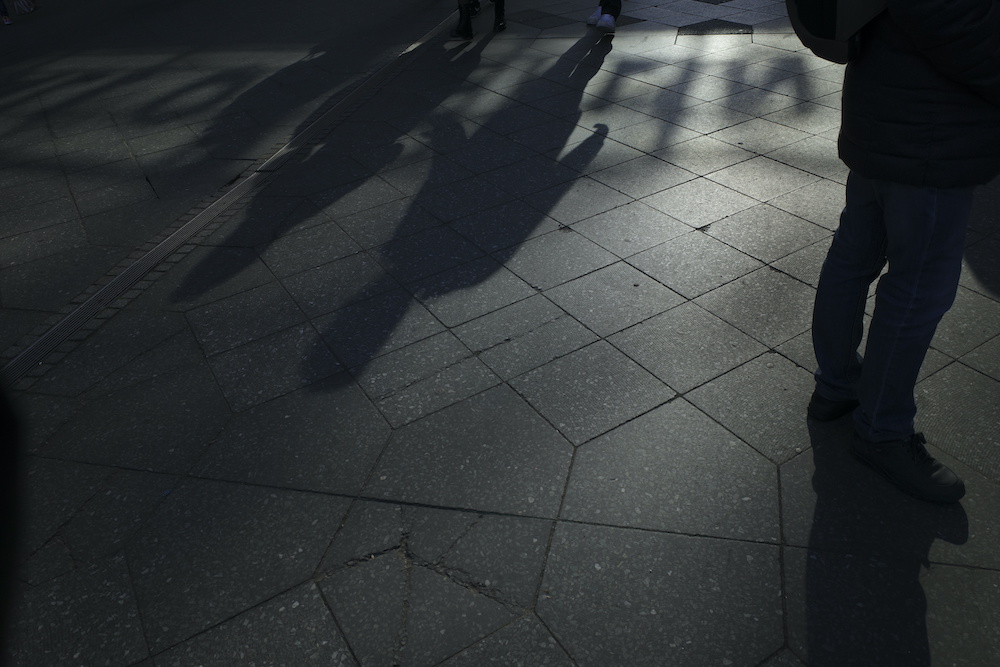
Slip and fall accidents, also known as trip and fall accidents, are a common occurrence that can lead to personal injury claims. These claims often involve complex legal concepts, such as creating a condition and actual or constructive notice, that can be challenging to understand for someone who is not well-versed in personal injury law. In this article, we will break down these concepts, discuss common issues that arise, and explain how the Bell Law Group can help you navigate these challenges to achieve a favorable outcome in your case.
Creating a Condition
In the context of slip and fall accidents, a “condition” refers to a hazardous situation or defect on a property that poses a risk of injury to individuals. This can include wet floors, uneven surfaces, broken steps, and other unsafe conditions that could lead to an accident. Property owners have a duty to maintain a safe environment for visitors, and when they fail to do so, they can be held liable for injuries that result from these conditions.
Actual and Constructive Notice
When pursuing a slip and fall claim, it’s crucial to establish that the property owner and/or tenant had “notice” of the dangerous condition that caused the accident. There are two types of notice: actual and constructive.
Actual Notice: This occurs when the property owner or their agent is aware of the hazardous condition. This can be proven through direct evidence, such as written complaints, incident reports, or even admissions by the property owner.
Constructive Notice: Even if the property owner did not have actual knowledge of the dangerous condition, they can still be held liable if they should have known about it. Constructive notice is inferred when the condition existed for a sufficient amount of time, and the property owner or their agent should have discovered and remedied it through reasonable inspections and maintenance.
Common Issues
Some common issues that may arise in slip and fall cases involving notice include:
Proving Notice: Establishing actual or constructive notice can be challenging, as it often involves gathering evidence, such as surveillance footage, maintenance records, and witness testimony.
Comparative Negligence: Defendants may argue that the injured party was partially or entirely at fault for their injuries, which can impact the amount of damages awarded.
Statute of Limitations: Personal injury claims must be filed within a specific time frame, which varies by state. Failing to file within this period may result in the loss of your right to pursue compensation.
Proper Defendants: Particularly in the City, many locations are subject to myriad leases, maintenance contracts, and other potentially confusing obligations which can make the liable party hard to identify.
How Bell Law Group Can Help
At Bell Law Group, our experienced personal injury attorneys understand the complexities of slip and fall cases. We are skilled in gathering and analyzing evidence, establishing notice, and advocating for our clients’ rights. We can help you: investigate your case thoroughly and gather crucial evidence to prove the property owner’s liability; navigate the nuances of comparative negligence and protect your right to fair compensation; ensure your claim is filed within the applicable statute of limitations; ensure all potentially liable parties are brought to a litigation; and navigate your claim through the insurance and court systems to ensure the best outcome for your case.
If you or a loved one has been injured in a slip and fall accident, don’t hesitate to contact Bell Law Group for a free consultation. Let our dedicated team of attorneys guide you through the legal process and fight for the compensation you deserve.



